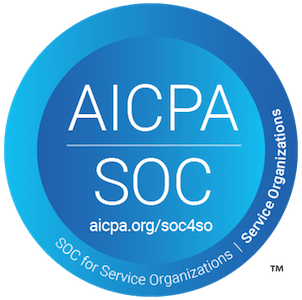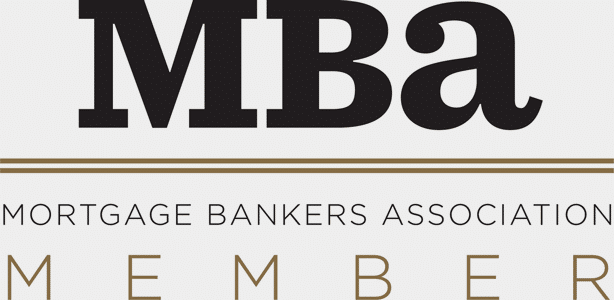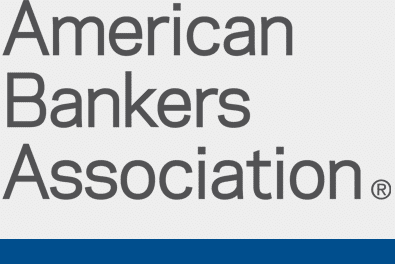What is a Construction Draw Inspection and Why is it Important?
Anyone who’s involved in a construction loan – no matter what side of the table they’re on – is going to have to follow some pretty specific processes. This is even more true when a risk mitigation company is involved. If the project in question is large, then there may be more steps, evaluations, and additional protocols in place to ensure the product gets completed.
In some cases, these risk mitigation services are taken care of by a specialty company instead of the lender. There are a wide range of strategies such a company can use to lower the risk and to ensure that the construction lender ends up with a project that matches the plans they approved. In many cases, one of these required steps is what’s known as a construction draw inspection.
The specifics of a construction draw inspection
In a construction draw inspection, a certified inspector comes out and inspects the construction site. They’re looking to show where the project is in relation to the timeline that was set out, they’re checking the accuracy compared to the original draw request, and they’re looking at the budget. They’re also likely to look at any stored materials kept on the site. This inspection is necessary for funds to be dispersed at various stages of the construction project.
Why is it so important?
A draw inspection is important for a number of reasons. First of all, it lets the lender know where the project is compared to the timeline they were given. Most risk mitigation companies insist on funds being given out based on the results of these draw inspections because they want to ensure that there’s no more money tied up than is necessary for the project.
Once a stage is completed, the funds can be dispersed through several methods. Draw inspections can also help track funds, because the inspector has to account for every cost request and compare it to the on-site representation. Finally, that inspector can process change orders, and can give info on the total materials and the services present. Essentially, a draw inspection makes sure that all money on a construction loan is accounted for.
How is the information from a draw inspection shared?
There are many people and entities that will need access to the draw inspection. The construction loan lender needs to see it before they can approve the dispersal of funds. The managers of the construction site will want to review it to ensure that it matches their own records. The investors are likely to want to keep up with the progress of the project.
That’s where ECL Software comes in. We provide JIDO, a unique software that allows the project manager to instantly share the inspection with those who need it. We’ve used our 30+ years in the construction industry to build a product that’s like no other and that will work for a wide range of needs. Contact us today at 800-625-5972 to learn how it can help your business.






Recent Comments